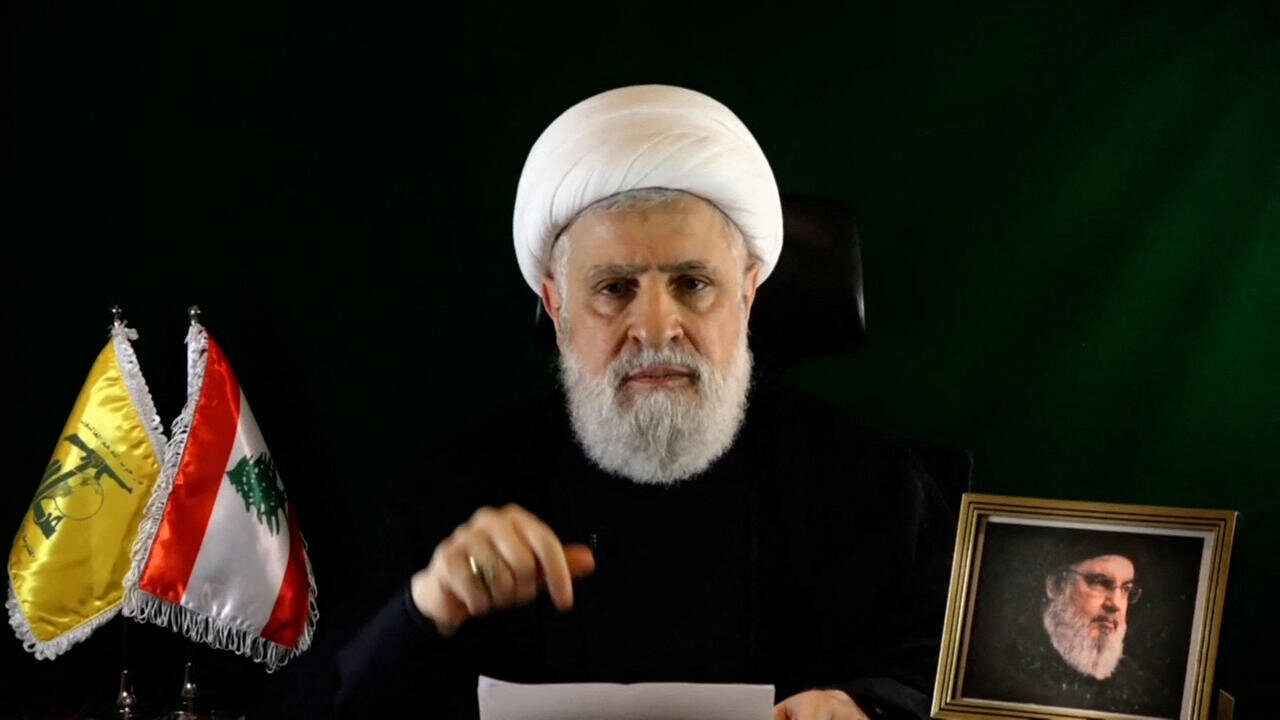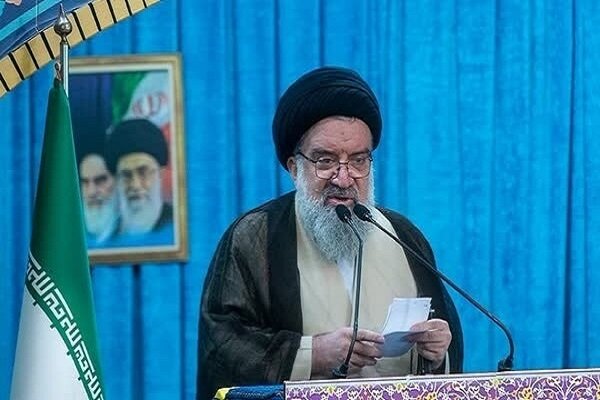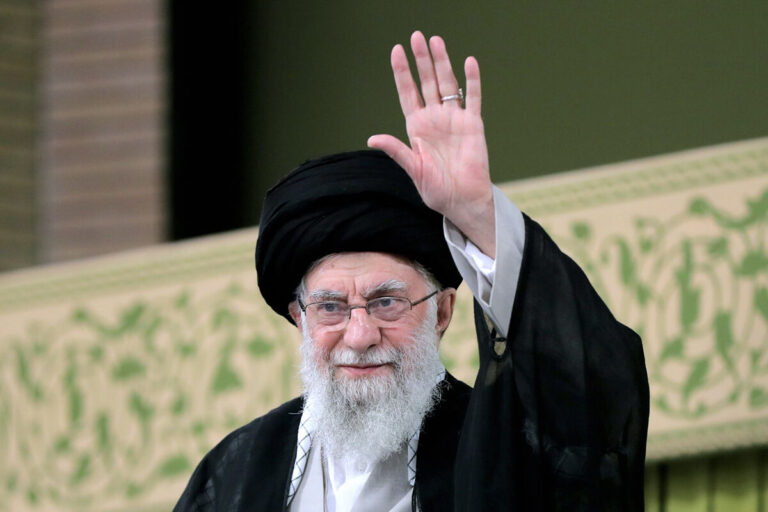Hezbollah Leader Unveils Strategic Plan to Navigate Lebanon’s Crisis and Restore Stability
As Lebanon gears up for its municipal elections, a significant speech delivered by Hezbollah Secretary-General Sheikh Naim Qassem has spotlighted crucial political and social directives for the nation’s future. This address not only emphasizes the urgent need for stability but also outlines a strategic roadmap aimed at revitalizing Lebanon amidst ongoing challenges.
In his recent address, Sheikh Qassem articulated three fundamental priorities that he believes are vital for Lebanon’s stability and renaissance:
- Ending Aggression Against Lebanon: Sheikh Qassem stressed that halting external aggression is essential for Lebanon’s revival and stability. He described the persistent attacks as a significant threat to the nation’s progress.
- Reconstruction Efforts: He highlighted the pressing need to rebuild areas devastated by Israeli bombardments, warning that delays in reconstruction could exacerbate poverty and create social inequalities.
- Economic Development: Setting the stage for economic growth is crucial, according to Sheikh Qassem, who emphasized that a robust socio-economic plan is necessary to address the needs of all Lebanese citizens.
Sheikh Qassem reaffirmed that the Resistance has upheld the November ceasefire agreement, while criticizing the Israeli forces for their ongoing aggressions. He urged the Lebanese government to adopt a more assertive stance in international forums, especially regarding the continued threats posed by Israel. Despite the deployment of the Lebanese army in the southern region near the Litani River, Sheikh Qassem expressed concern that insufficient pressure is being exerted on Israel.
Addressing the slow pace of reconstruction efforts, he remarked, “The government’s delay in rebuilding the areas destroyed by Israel will worsen poverty and perpetuate discrimination among citizens.” He pointed out that while Hezbollah has taken steps to support those displaced—covering shelter costs for tens of thousands of victims of Israeli attacks—the overarching responsibility lies with the Lebanese state.
In the political context, Sheikh Qassem reiterated Hezbollah’s commitment to the state-building initiative, noting their collaborative efforts in electing the President of the Republic along with their allies. He emphasized that the state remains the only viable guarantor of stability in Lebanon.
He further articulated that establishing strong and equitable institutions necessitates a well-defined socio-economic plan that addresses the public’s concerns. This plan should aim to foster development for all Lebanese citizens without discrimination or bias.
As the municipal elections approach, Sheikh Qassem framed this event as a pivotal moment for development rather than mere political maneuvering. He encouraged voters to select honest and capable candidates who can manage municipal affairs transparently. He stressed the importance of unifying communities and setting aside differences for collective progress.
Moreover, Sheikh Qassem expressed solidarity with the people of Gaza and Yemen, acknowledging their resilience in facing adversity. He extended his support to the Iranian and Christian communities, recognizing their struggles.
In light of the formidable challenges confronting West Asia and beyond, Sheikh Qassem’s address outlines a clear vision for Lebanon’s future. He stated emphatically, “A country cannot thrive without national dignity, development without social justice, and a state without national cohesion.” This roadmap is essential for navigating Lebanon’s internal and external crises, providing a framework for recovery and progress.
In summary, Sheikh Naim Qassem’s speech not only sets the tone for the upcoming municipal elections but also serves as a clarion call for the Lebanese to unite in pursuit of a resilient and prosperous future. With a focus on stability, reconstruction, and economic development, Lebanon stands at a crossroads, where the choices made now will significantly impact the nation’s trajectory.






